Search Images
Browse Content
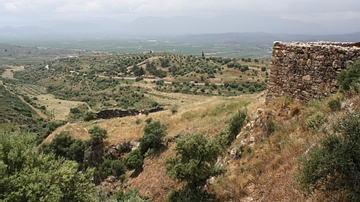
Image
Citadel of Mycenae
The view to the south from the upper citadel of Mycenae looking towards Argos (1350 BCE).
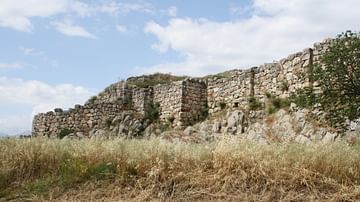
Image
Tiryns
Tiryns was a major Mycenaean centre, the magnificent walled fortifications visible today date from the 13th century BCE. The large size of the stones of the walls led the ancient Greeks to believe they were the work of the Cyclopes.
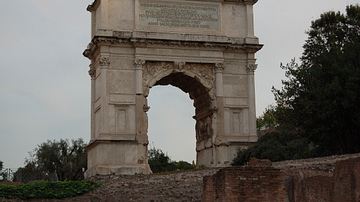
Image
Arch of Titus
The arch of Titus in the Forum Romanum
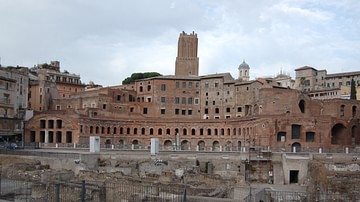
Image
Trajans Market
Remains of Emperor Trajan's market in the ruins of the imperial forums.
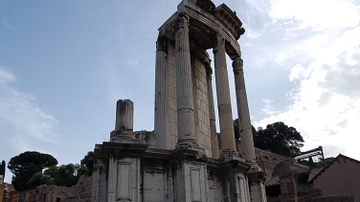
Image
Temple of Vesta
Temple of Vesta. This was the location of the eternal flame which was kept burning at all times. Vestals would vow an oath of service & chastity for a period of 30 years to the Goddess Vesta. Vestals had rank and privilege in Roman Society...
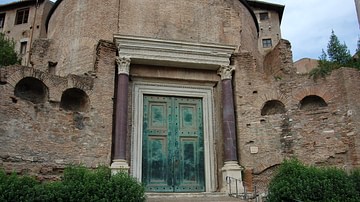
Image
Door of The Temple of Divus Romulus
Temple of Divus Romulus, built in the 4th century AD. The building is mostly intact due to it being converted into the present day church Santi Cosma e Damiano. The large well-preserved bronze door is original.
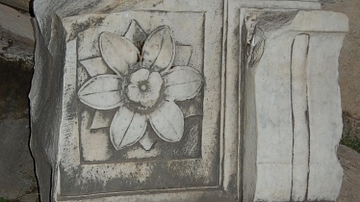
Image
Detail of marble-work
Located in the Forum Romanum, the picture illustrates a broken piece of marble and the wonderfully preserved condition of the stonemason's handiwork. Not sure where this piece came from originally but its remains were located in the vicinity...
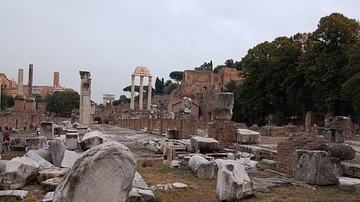
Image
Via Sacra
Rubble strewn Via Sacra near the Rostra. On right side can be seen the remains of the Basilica Julia & off in the distance the three famous columns of the remain's of the Temple of Castor & Pollux
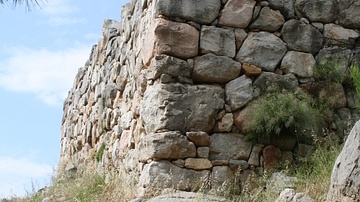
Image
South Tower, Tiryns
Detail of the 'Cyclopean' walls of the south tower of Mycenaean Tiryns (13th century BCE).
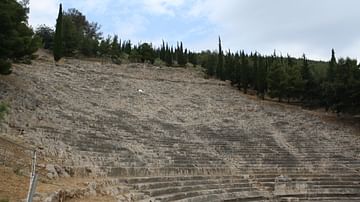
Image
Theatre of Argos
Built from the 4th to 3rd century BCE. Originally there were 81 rows of seats giving a total capacity of 20,000 spectators, making it the largest Greek theatre.